unitas
Hero Member
I've posted in-situs of the following finds in the fur-trader forum on two occassians. Now that I have nicer photos of these finds I'd like to show them here. They truly are some of my best finds. I discovered this particular site a few years ago. It wasn't until this year,when I found a trade silver brooch on the surface that I got real excited over giving this site more attention. I returned to the site with my friend and his son and found the items below with the help of metal detectors.First up is the smaller trade brooches. We have discovered a total of seven of them.
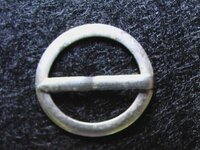
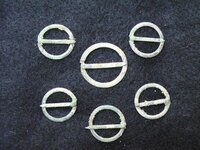
Next up is the larger brooch which I've seen described as an ear wheel. You can still see part of a root lodged in it.
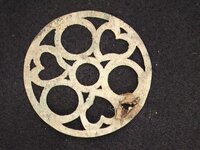
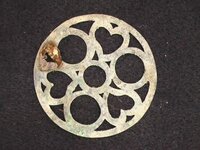
We were also able to locate a small arm band. It is marked "MONT".
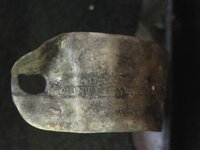
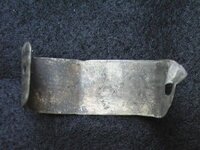
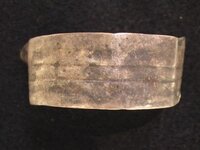
Also found was this great brass bell. It is smashed and would've been about 4 inches in diameter.
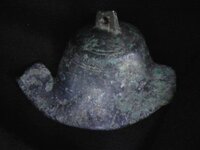
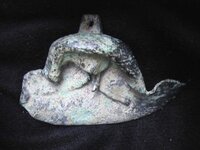
A drilled thimble was found, perhaps used as a tinkler.
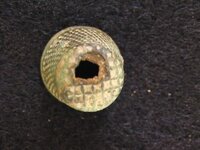
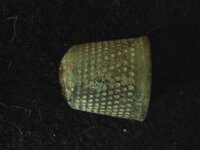
Parts of a gun were also recovered as well as an 1834 cent. I will try to post them as well. Thanks for looking., UNITAS


Next up is the larger brooch which I've seen described as an ear wheel. You can still see part of a root lodged in it.


We were also able to locate a small arm band. It is marked "MONT".



Also found was this great brass bell. It is smashed and would've been about 4 inches in diameter.


A drilled thimble was found, perhaps used as a tinkler.


Parts of a gun were also recovered as well as an 1834 cent. I will try to post them as well. Thanks for looking., UNITAS
Upvote
1


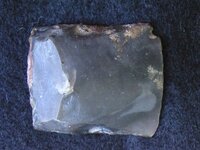
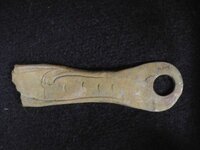
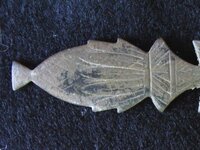
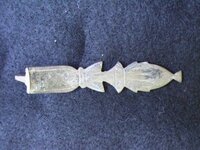
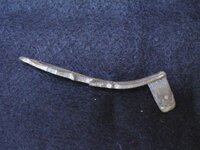
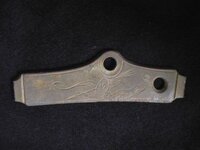


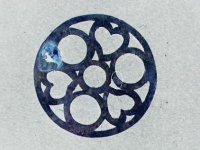
 ?M. Have a closer look. It may also be up side down although the T is pretty convincing & doesn't seem to be any other clear letter.
?M. Have a closer look. It may also be up side down although the T is pretty convincing & doesn't seem to be any other clear letter.



